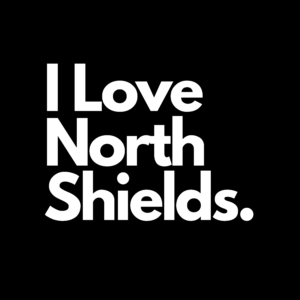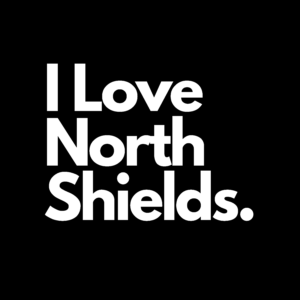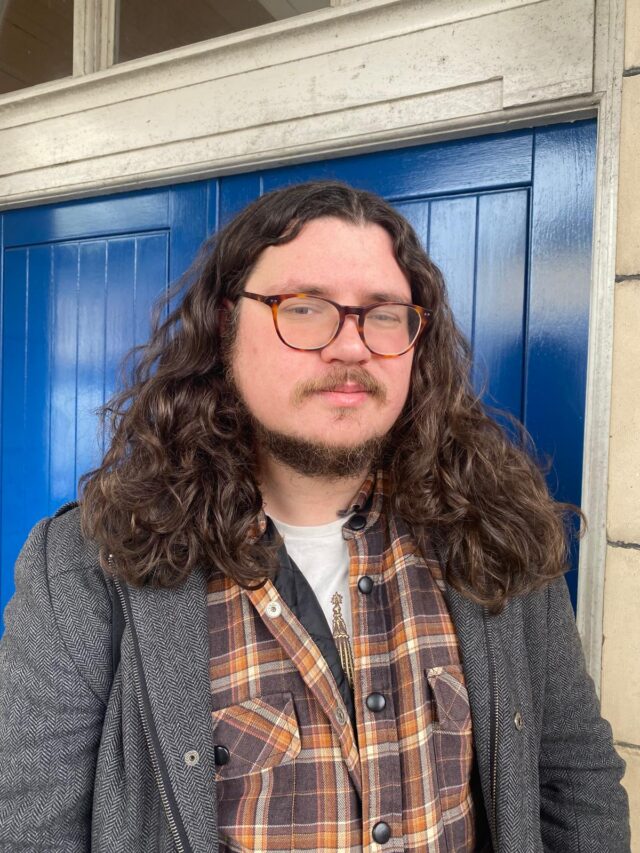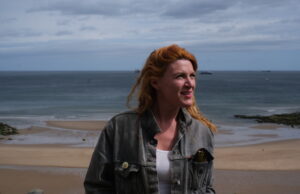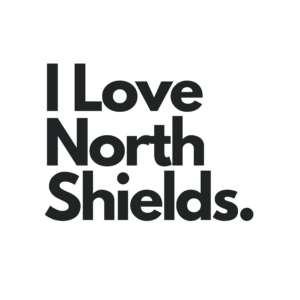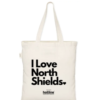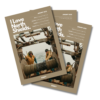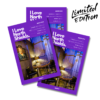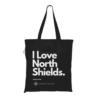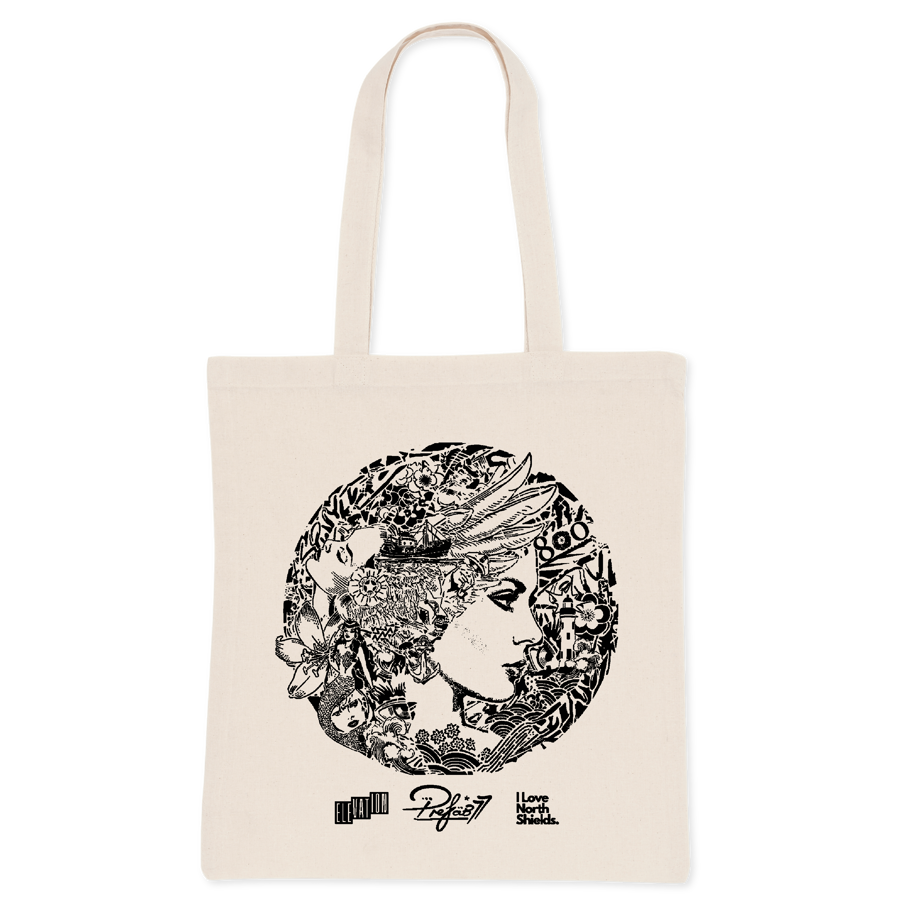There’s a new walkway in North Shields, between the upper town and the Fish Quay. You might have seen something about it on Facebook. I’ve been following the discussion for months, somewhat amazed at how much controversy it was able to generate – and around the end of December I was able to check it out for myself.
I like the new walkway. It’s accessible, it’s convenient, and I like how the hulking, reddish metal wall with the young trees staked against it seems to bring nature and industry into close proximity. That’s a quality I’ve seen all over the North East since moving here in 2020: the way that the histories of people and labour are so closely interwoven with the region’s blue and green landscapes, the feeling that even in built-up areas something truly wild is only a short distance away.
If new infrastructure projects offer one way of finding your way around a place – and in the process, finding out what people think about its past and future – then writing is another. I grew up in a small village in the South of Lincolnshire which no one has written very much about at all, and perhaps that’s shaped my belief that it’s important for every place to see itself reflected on the page, to document its own stories and landmarks. Before coming to North Shields I lived in Birmingham, where for two years I was the city poet laureate – a role that got me thinking about how place-based writing can help us get oriented in a landscape emotionally and culturally as well as physically.
When I heard that I Love North Shields was starting a print publication, I knew I wanted to be part of it because it seemed to approach the town with a sense of celebration – to take pride in what the place already has going for it, and to provide a platform for those of us who live here to talk about what matters now. And I wanted to edit a poetry column because I wanted literature to be part of that conversation, to hear – especially as a newcomer to the area – what kinds of stories about landscape, heritage and culture the people here felt like telling.
Over the last few months, it’s my hope that these pages have introduced you to a range of voices and perspectives on our region. Unsurprisingly, the sea has featured heavily: from Alex Skinner’s ‘The Lighthouse,’ which sheds its own light on the ‘stoic face’ of a ‘guardian of the coastline’ weathered by ‘withstanding the harshest of conditions,’ to the histories of seacoal (Andrew Mellon, paying tribute to the photographer Chris Killip) and contraband (John Hartley’s sharp, poised piece about ‘illicit goods’ being lowered by night.)
A few minutes from the base of the walkway, I found myself at the Gut, the water crowded with gulls and cormorants, listening to the kkk-shaa sound of a seal popping its head up to breathe: there was a whole ecosystem here, and for a moment I was part of it. Nature has been a constant presence in the columns, too, from S. J. O’Brien’s detailed observations of bird life in a cold country (‘a pod of eiders lazily float in sparse rafts near the Gut’) to Megan Pattie’s playful evocation of ‘spuggies’ hiding behind the ‘twitching curtain’ of a hedgerow, ‘familiar as fenceposts.’
Elsewhere we’ve seen reflections of the built environment: in the last issue, Wayne Medford vividly evoked the ‘1970s optimism and expectation’ of Margaret Calvert’s typograph for the Metro network, while Mark James Hammond’s ‘Punk Lump’ presented a sharply surreal vision of ‘bad bairns’ climbing on a metal statue for ‘a concrete sports day outside Iceland.’ Ryan Siddall’s ‘No Milk Today’ took an acerbic look at the 1980s, shifting from local to national politics as a small act of nihilistic rebellion becomes ‘our very own Falklands,’ and Nev Clay showed us childhood memories of Christmas trees lit up on the roof of the Formica factory. On January 26th, I’m chairing a discussion with Nev and Novyi Lef at Baba Yaga’s Hut, where we’ll be exploring exactly this question: how songwriters, much like the poets in these pages, approach the challenges and opportunities of writing about contemporary urban space.
Across the board in 2024, I’ve loved discovering the talent and creativity of local authors, some appearing in these pages in print for the first time. Now I’m looking forward to hearing from more of you in this historic anniversary year. Eight hundred years on from its first appearance in the history books, what does North Shields and the wider region mean to you? What stories still need to be told? I’m keen to read and publish work from a diverse range of voices and to get the widest possible perspective on the town today. Send your poems to [email protected] if you’d like them to be considered for a future issue – and maybe I’ll see you on the walkway, or in the Facebook comments section, sometime soon.
